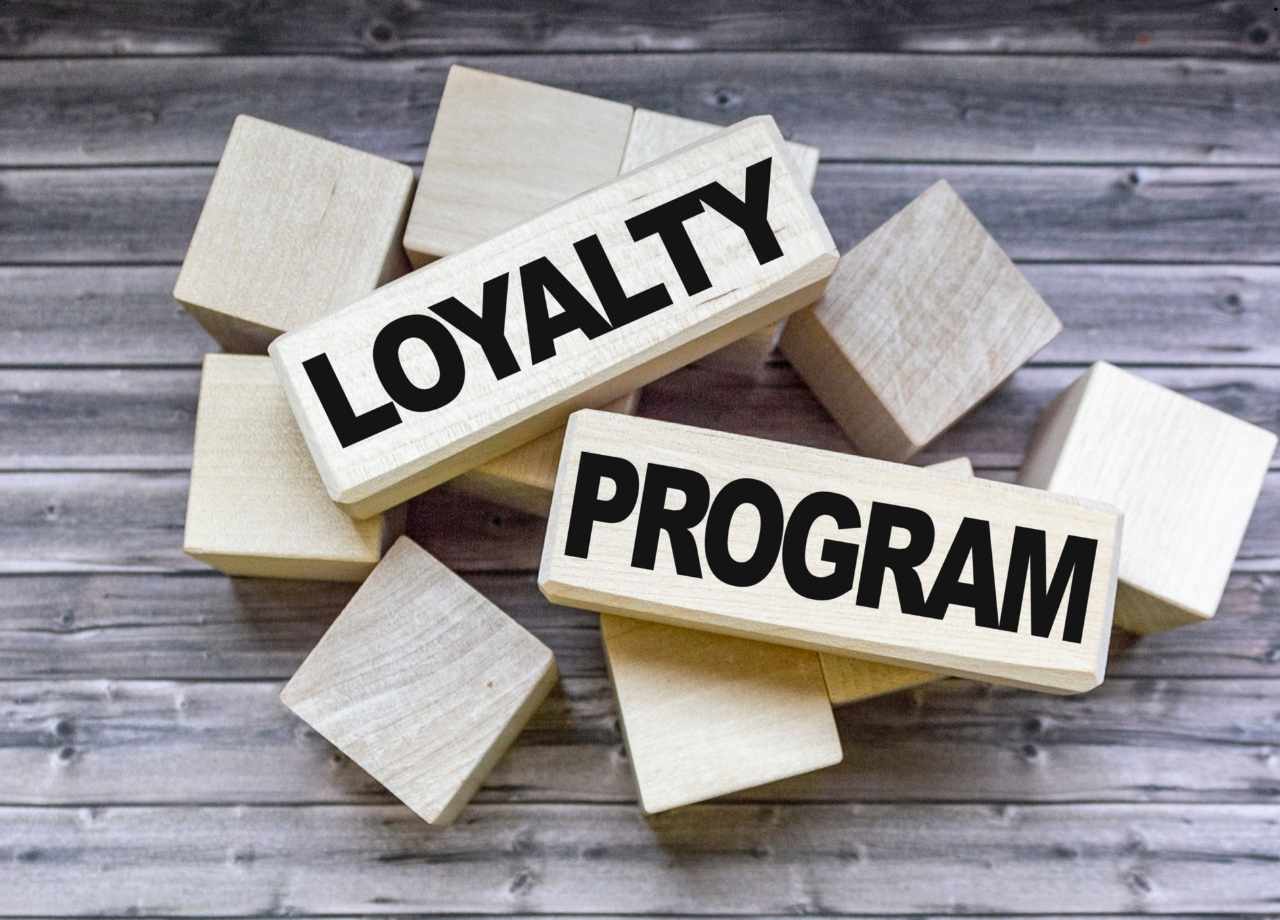
The cost of acquiring new customers is going up. So, the importance of maintaining existing relationships cannot be overstated.
But even the most well-designed individual loyalty programs often hit a ceiling.
Consumers love rewards, but their loyalty isn’t infinite—they spread it thin across various brands. So how can you stand out while increasing customer stickiness? A coalition loyalty program might be your answer.
These programs, where multiple brands team up to offer a unified rewards experience, aren’t new. But recently, they’ve gained a lot of traction as brands realize the benefits of pooling their resources, data, and reach. The key lies in crafting a coalition loyalty program that not only attracts but retains customers in a way that benefits every brand involved.
Here’s how you can create a winning coalition loyalty program for your brand.
Find the Right Partners
A coalition loyalty program works best when there’s alignment between the brands involved. The first step is identifying complementary partners whose products or services naturally fit with yours, without being in direct competition. For instance, a travel rewards program could include an airline, a hotel chain, and a car rental service. These brands cater to a shared demographic but don’t tread on each other’s toes.
When selecting partners, it's important to consider their reputation and customer base. If a potential partner has a strong negative perception, customers might project that onto your brand. The reverse is true as well—partnering with a well-respected brand can elevate your image.

In practice, think of brands that your customers already use. Do you see patterns in their purchasing habits? Are there industries or services that fit naturally with your product offering? This isn't just about broadening your reach but creating a seamless experience for the customer, where the transition between brands feels natural and useful.
Coalition vs. Standalone Loyalty Programs: Which is Right for Your Brand?
When deciding on a loyalty strategy, brands often weigh the benefits of coalition vs. standalone loyalty programs. A standalone loyalty program gives a brand full control over its rewards structure, customer experience, and data insights, making it ideal for companies with strong brand affinity and a loyal customer base. However, coalition loyalty programs offer a different advantage—by partnering with complementary brands, businesses can expand their reach, pool resources, and provide a more diverse range of rewards that appeal to shared customers. While standalone programs allow for deeper brand-specific engagement, coalition programs create an ecosystem of value, encouraging customers to interact with multiple brands within the network. The right choice depends on a brand’s goals: those seeking exclusivity and control may prefer a standalone program, while those aiming for broader engagement and shared loyalty benefits might find coalition programs more effective.
Offer Meaningful Rewards
This seems obvious, but where most loyalty programs fail is by offering rewards that don’t feel genuinely valuable. In a coalition loyalty program, the stakes are higher because multiple brands are involved. Customers need to feel like their loyalty is rewarded across the board.
Take a moment to think about what your customers truly want. While discount coupons are nice, customers often want more unique experiences or perks. Think about personalized offers based on their purchase history, or tiered rewards that give them access to premium services.
For example, if your coalition loyalty program involves a grocery chain, a clothing retailer, and a tech company, consider rewards that merge convenience and luxury. A customer could redeem points for a free personal shopper session at the clothing store or a tech upgrade in the form of priority access to new gadgets. Practical rewards, such as free delivery or exclusive deals, may resonate more than traditional discounts.
Seamless Integration Across Brands
One of the biggest barriers to success with coalition loyalty programs is complexity. Customers won’t participate if the program feels fragmented or hard to navigate. You need to create an ecosystem where earning and redeeming points is seamless across all partner brands.
Here, technology plays a crucial role. Invest in a platform that integrates easily with your partners’ systems, making the experience smooth for both customers and the brands involved. Customers shouldn’t have to jump through hoops to use their rewards—they should be able to log into a single portal, view their points balance, and see a unified set of reward options from all the brands involved.
If you're looking for a reliable solution, platforms like Rediem are designed to streamline coalition loyalty management, offering a user-friendly interface that makes cross-brand reward tracking effortless.
Communication is Key
A coalition program will only succeed if customers are regularly reminded of the benefits. And communication in this regard should be cohesive—customers should feel like they’re hearing from the program as a whole, not as individual brands. This avoids the fragmented feeling that often leads to disengagement.
Create a unified communication strategy where every brand is represented equally. This could include co-branded email campaigns, mobile push notifications, or even joint social media campaigns that highlight how easy and rewarding it is to be part of the coalition program. It’s not just about advertising the rewards; it’s about reinforcing the idea that loyalty to any one of the participating brands benefits them across the entire coalition.
Remember to personalize communication. If a customer shows a preference for a specific partner, tailor messages that emphasize their loyalty points with that partner but remind them of the other rewards available across the coalition. It’s all about keeping them engaged and reminding them of the full range of benefits.
Keep Data in Play—Responsibly
Data is one of the strongest assets in a coalition loyalty program. By pooling customer insights across all partner brands, you can build a more complete picture of the customer, which can help in tailoring offers that resonate. If a customer buys luxury items at your partner’s retail store, they might appreciate premium service offers from your brand.

But with great power comes great responsibility. Customers are more protective of their data than ever before, and you need to handle it with care. Be transparent about how their data will be used and ensure that all partner brands adhere to the highest standards of privacy and security.
Using this data ethically and strategically can make or break the success of the coalition. When done right, customers will feel like they’re receiving relevant, personalized offers without feeling intruded upon.
Track Performance and Adjust
No loyalty program is perfect from the start. You will need to measure its performance regularly and adjust your approach based on what works and what doesn’t. Use key metrics like customer retention rates, average transaction values, and overall customer satisfaction to gauge how well the coalition program is performing.
Are customers earning points but not redeeming them? This might mean the rewards need to be more enticing or easier to access. Are certain brands seeing more engagement than others? This could suggest an imbalance in the partnership that needs to be addressed.
The goal is to make constant, incremental improvements to the program so that it continues to deliver value to both the customers and the brands involved. Make it a priority to have regular reviews with your coalition partners to discuss performance, share insights, and explore new ideas to keep the program fresh and engaging.
A well-executed coalition loyalty program can be a game-changer for your brand. By partnering with the right companies, offering meaningful rewards, integrating systems seamlessly, and using data responsibly, you can create a program that not only strengthens customer loyalty but also expands your brand’s reach. Keep communication clear and customer-centric, and always be prepared to adapt based on the program’s performance.
If executed correctly, your coalition loyalty program will benefit every brand involved and, most importantly, keep your customers coming back for more.

